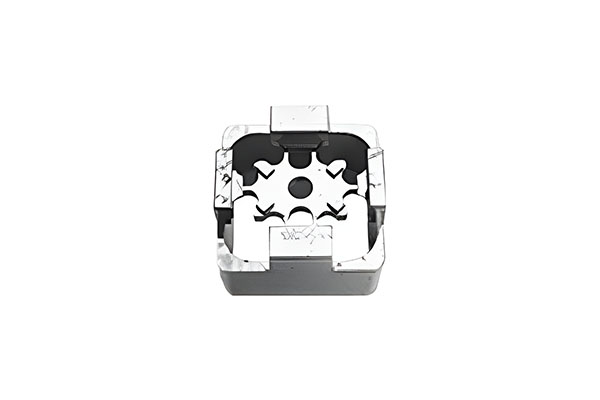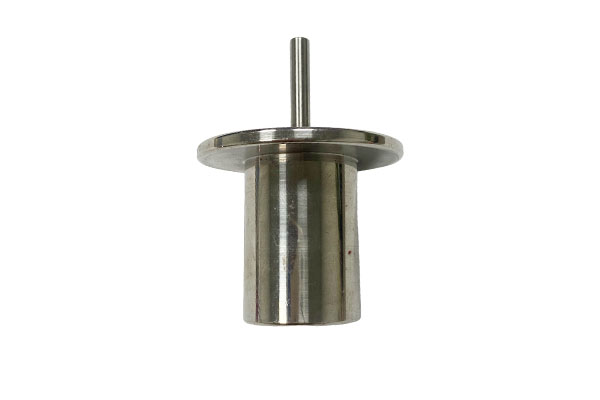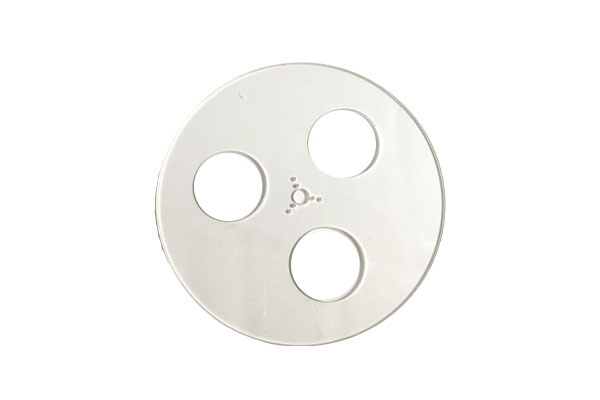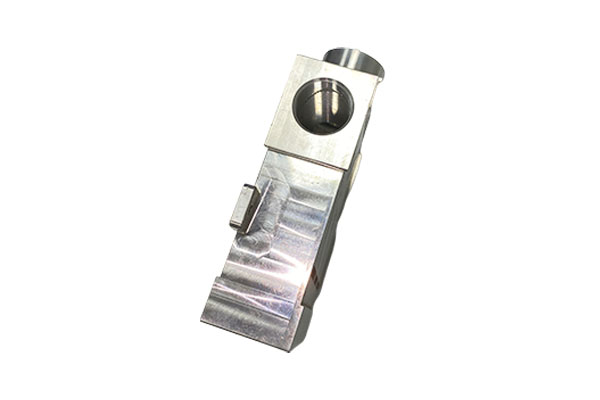How to prevent and deal with processing defects during insulation parts processing?
Release Time : 2025-03-13
In the process of insulation parts processing, the generation of defects often affects the performance, quality and reliability of the product, and may even lead to serious safety accidents. Therefore, preventing and dealing with processing defects is an important link that cannot be ignored in the process of insulation parts processing.
1. Defect prevention
Material selection and inspection: First of all, choosing suitable insulation materials is the first step to prevent defects. The material should have good insulation properties, mechanical properties and processing properties. At the same time, the material should be strictly inspected before processing to ensure that the material has no defects such as cracks, inclusions, and pores.
Process optimization: The optimization of the processing technology is the key to preventing defects. This includes selecting suitable cutting tools, cutting parameters, cooling methods, etc. For example, tool wear will lead to decreased processing accuracy and increased surface roughness, so the tool should be replaced regularly. In addition, reasonable cutting speed and feed rate can also effectively reduce processing defects.
Equipment maintenance: The stability and accuracy of processing equipment have a direct impact on product quality. Therefore, the equipment should be maintained and maintained regularly to ensure that the equipment is in good condition. For example, check the wear of the guide rails, lead screws and other parts of the machine tool, and replace damaged parts in time.
Environmental control: The processing environment also has an important impact on product quality. The processing workshop should be kept clean and tidy, and the temperature and humidity should be controlled within a reasonable range. Dust and debris may affect the insulation performance of the product and even cause safety accidents such as short circuits.
2. Defect handling
Defect detection: During the processing process, the product should be regularly inspected for defects. This can be done by visual inspection, non-destructive testing (such as ultrasonic testing, X-ray testing, etc.). Once a defect is found, the processing should be stopped immediately, the cause should be found and corresponding measures should be taken.
Defect analysis: Analyze the detected defects to find out the cause of the defect. This helps to formulate targeted treatment measures and prevent similar defects from happening again.
Defect repair: For repairable defects, appropriate repair methods should be adopted for repair. For example, for surface cracks or scratches, grinding, polishing and other methods can be used for repair; for internal defects, welding, filling and other methods may be needed for repair. After repair, it should be inspected again to ensure that the defect has been completely eliminated.
Record and feedback: Record the defects that occur during the processing and feedback to the relevant departments and personnel. This helps to summarize experience and lessons and improve processing quality and efficiency.
In short, defect prevention and treatment during insulation parts processing is a systematic project that requires comprehensive consideration of materials, processes, equipment, environment and other aspects. By strengthening preventive measures and timely handling of defects, the processing quality and reliability of insulation parts can be significantly improved.
1. Defect prevention
Material selection and inspection: First of all, choosing suitable insulation materials is the first step to prevent defects. The material should have good insulation properties, mechanical properties and processing properties. At the same time, the material should be strictly inspected before processing to ensure that the material has no defects such as cracks, inclusions, and pores.
Process optimization: The optimization of the processing technology is the key to preventing defects. This includes selecting suitable cutting tools, cutting parameters, cooling methods, etc. For example, tool wear will lead to decreased processing accuracy and increased surface roughness, so the tool should be replaced regularly. In addition, reasonable cutting speed and feed rate can also effectively reduce processing defects.
Equipment maintenance: The stability and accuracy of processing equipment have a direct impact on product quality. Therefore, the equipment should be maintained and maintained regularly to ensure that the equipment is in good condition. For example, check the wear of the guide rails, lead screws and other parts of the machine tool, and replace damaged parts in time.
Environmental control: The processing environment also has an important impact on product quality. The processing workshop should be kept clean and tidy, and the temperature and humidity should be controlled within a reasonable range. Dust and debris may affect the insulation performance of the product and even cause safety accidents such as short circuits.
2. Defect handling
Defect detection: During the processing process, the product should be regularly inspected for defects. This can be done by visual inspection, non-destructive testing (such as ultrasonic testing, X-ray testing, etc.). Once a defect is found, the processing should be stopped immediately, the cause should be found and corresponding measures should be taken.
Defect analysis: Analyze the detected defects to find out the cause of the defect. This helps to formulate targeted treatment measures and prevent similar defects from happening again.
Defect repair: For repairable defects, appropriate repair methods should be adopted for repair. For example, for surface cracks or scratches, grinding, polishing and other methods can be used for repair; for internal defects, welding, filling and other methods may be needed for repair. After repair, it should be inspected again to ensure that the defect has been completely eliminated.
Record and feedback: Record the defects that occur during the processing and feedback to the relevant departments and personnel. This helps to summarize experience and lessons and improve processing quality and efficiency.
In short, defect prevention and treatment during insulation parts processing is a systematic project that requires comprehensive consideration of materials, processes, equipment, environment and other aspects. By strengthening preventive measures and timely handling of defects, the processing quality and reliability of insulation parts can be significantly improved.







